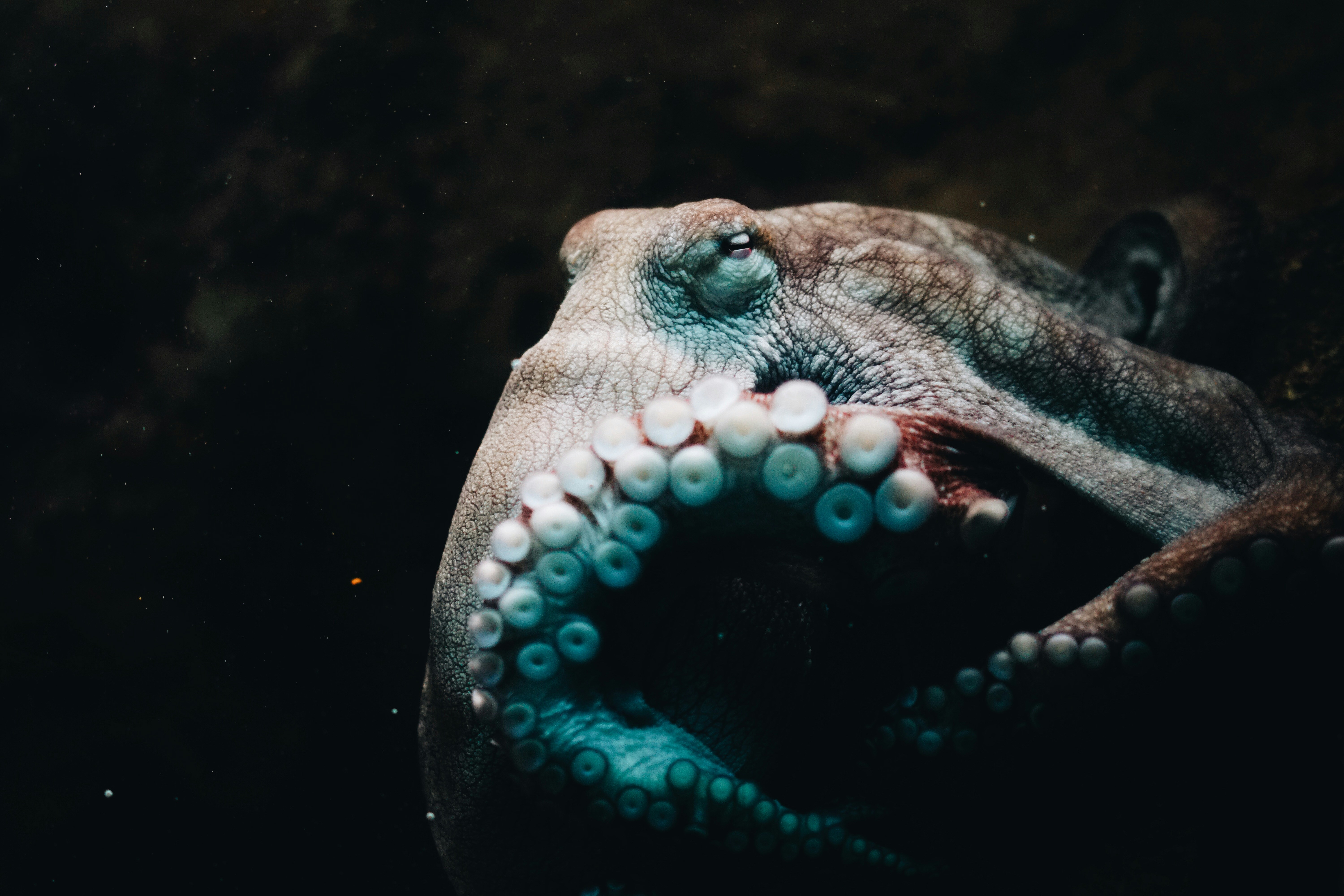Discovering the Wonders of Animal Bioluminescence
Lighting up the Darkness: The Glowing World of Bioluminescent Animals The world we live in is filled with wonders that often go unnoticed. One such marvel is the phenomenon of bioluminescence, a natural light produced by certain animals, particularly those dwelling in the ocean's darkest depths. This article sheds light on this extraordinary adaptation, providing historical background, current research, and the potential applications of bioluminescence in our daily lives.
A Historical Glimpse into Bioluminescence
The concept of bioluminescence has intrigued humans for centuries. The ancient Greeks and Romans documented several instances of bioluminescence, attributing them to divine intervention. However, it wasn’t until the 17th century that the first scientific explanations began to surface. Early scientists speculated that the light was a form of heat or phosphorescence, but it was not until the 19th century that the chemical nature of the light was recognized.
The Science Behind the Glow
Bioluminescence is the result of a chemical reaction within an organism. This reaction involves a molecule called luciferin, an enzyme known as luciferase, and oxygen. When these components interact, they produce energy in the form of light. What’s fascinating is that each animal species exhibits a unique light color, which is determined by the chemical properties of their luciferin and luciferase.
Illuminating the Animal Kingdom
Animals use bioluminescence for various purposes - from attracting mates and luring prey to camouflage and communication. Some well-known examples include the firefly, which uses light to attract mates, and the anglerfish, which uses a luminous lure to attract prey in the deep sea. Yet, the vast majority of bioluminescent animals are marine creatures, including certain species of squid, jellyfish, and plankton.
Bioluminescence in Current Research
Bioluminescence continues to be a hot topic in scientific research. Recently, scientists discovered bioluminescent capabilities in a shark species named ‘Kitefin shark.’ This shark, found off the coast of New Zealand, is now recognized as the largest known bioluminescent vertebrate.
Bioluminescence: A Light for the Future
Beyond its natural marvel, bioluminescence holds potential for various practical applications. Its most promising use lies in medical and biological research. Scientists are harnessing bioluminescent proteins to track the growth of tumors, detect bacterial infections, and monitor various biological processes. As we continue to unlock the secrets of bioluminescence, it’s clear that this natural phenomenon can indeed light the way to future scientific discoveries.
In conclusion, bioluminescence is a captivating adaptation that exemplifies the endless wonders of the animal kingdom. As we deepen our understanding, we can better appreciate the beauty of our natural world and harness its potential for the betterment of our lives. Whether it’s the twinkle of a firefly on a summer night or the depths of the glowing ocean, bioluminescence continues to illuminate our world in the most magical ways.





